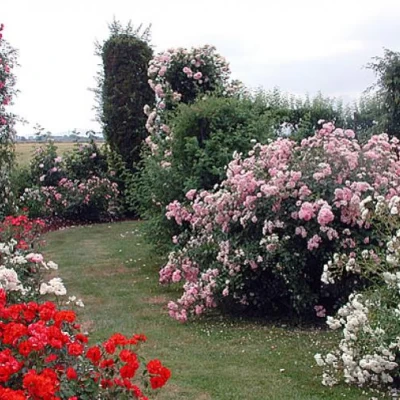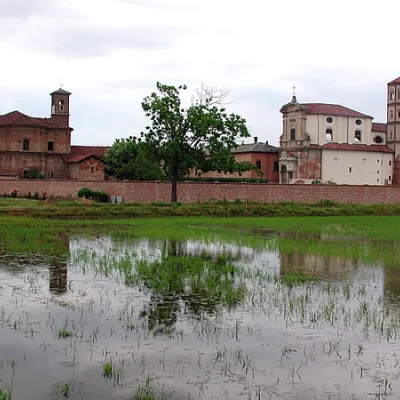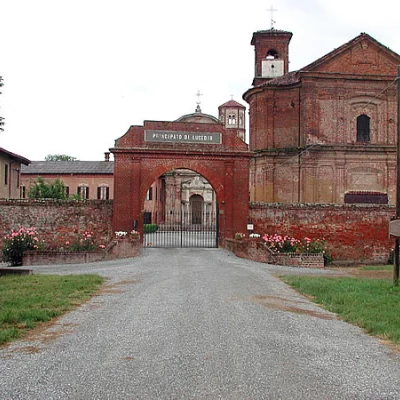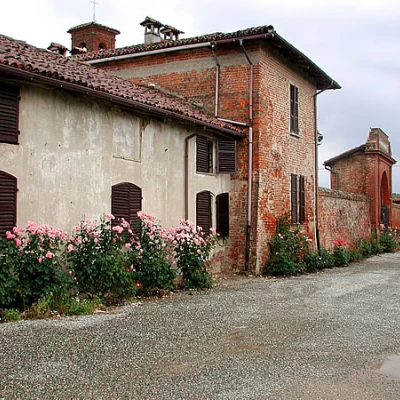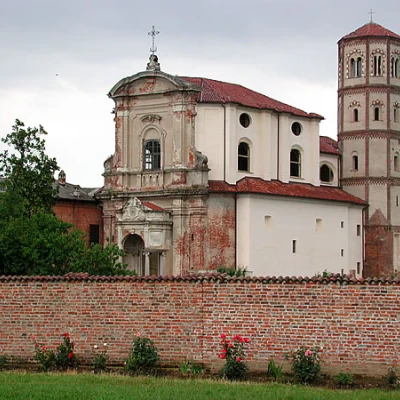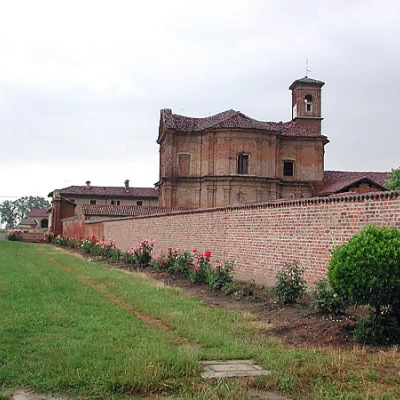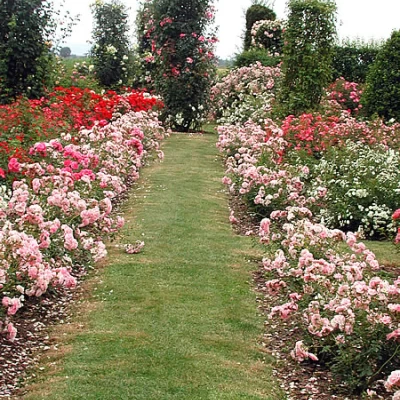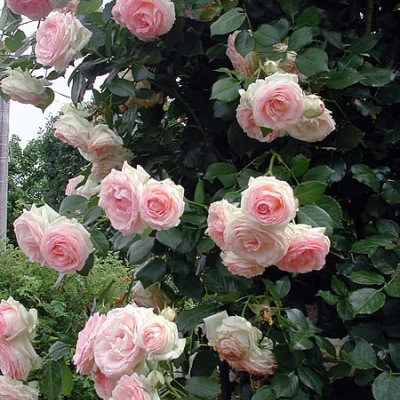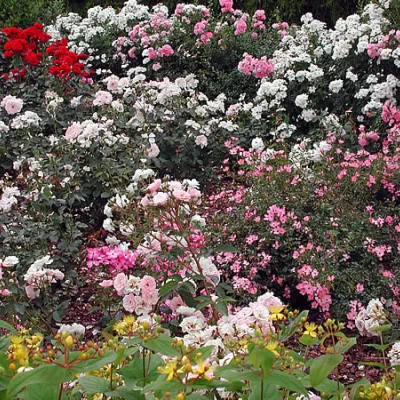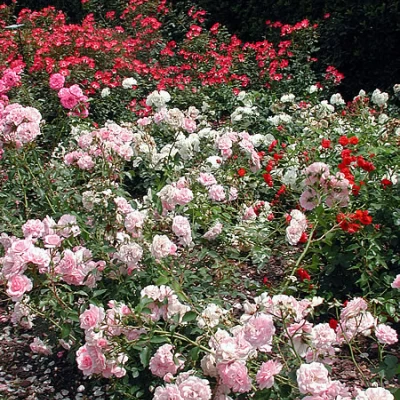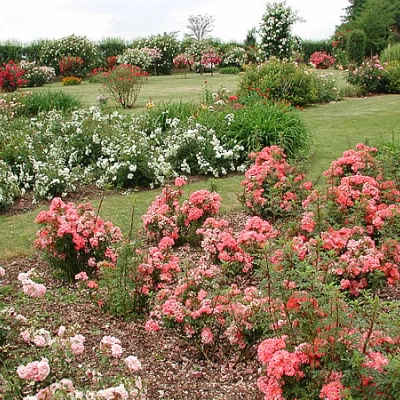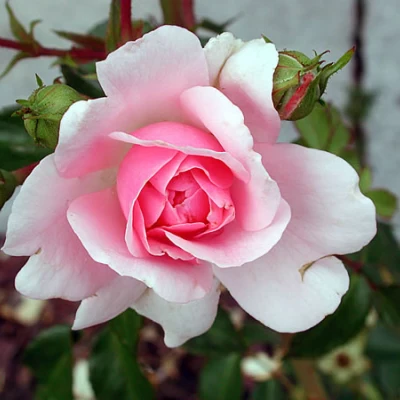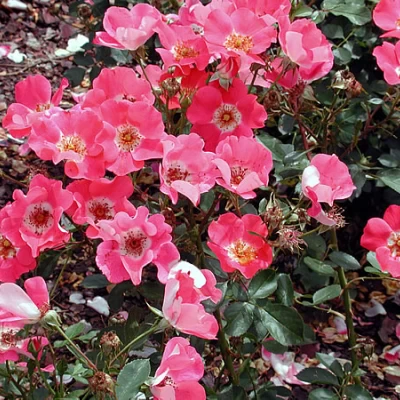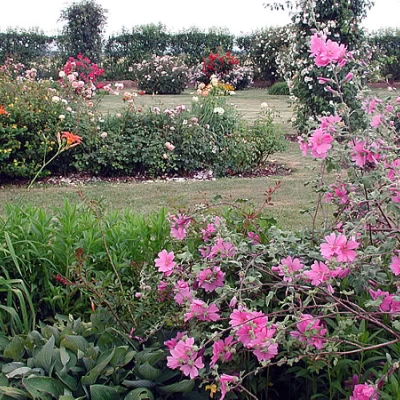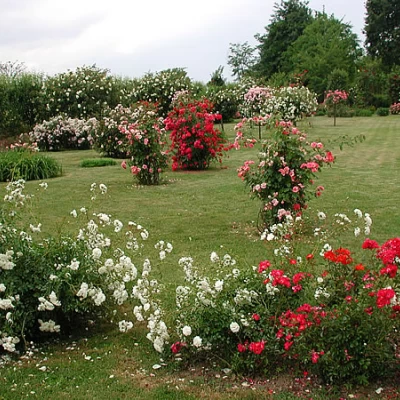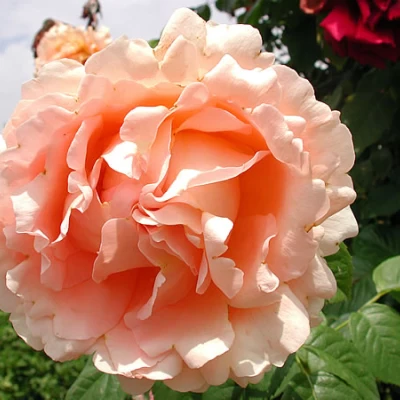La Rosaiola
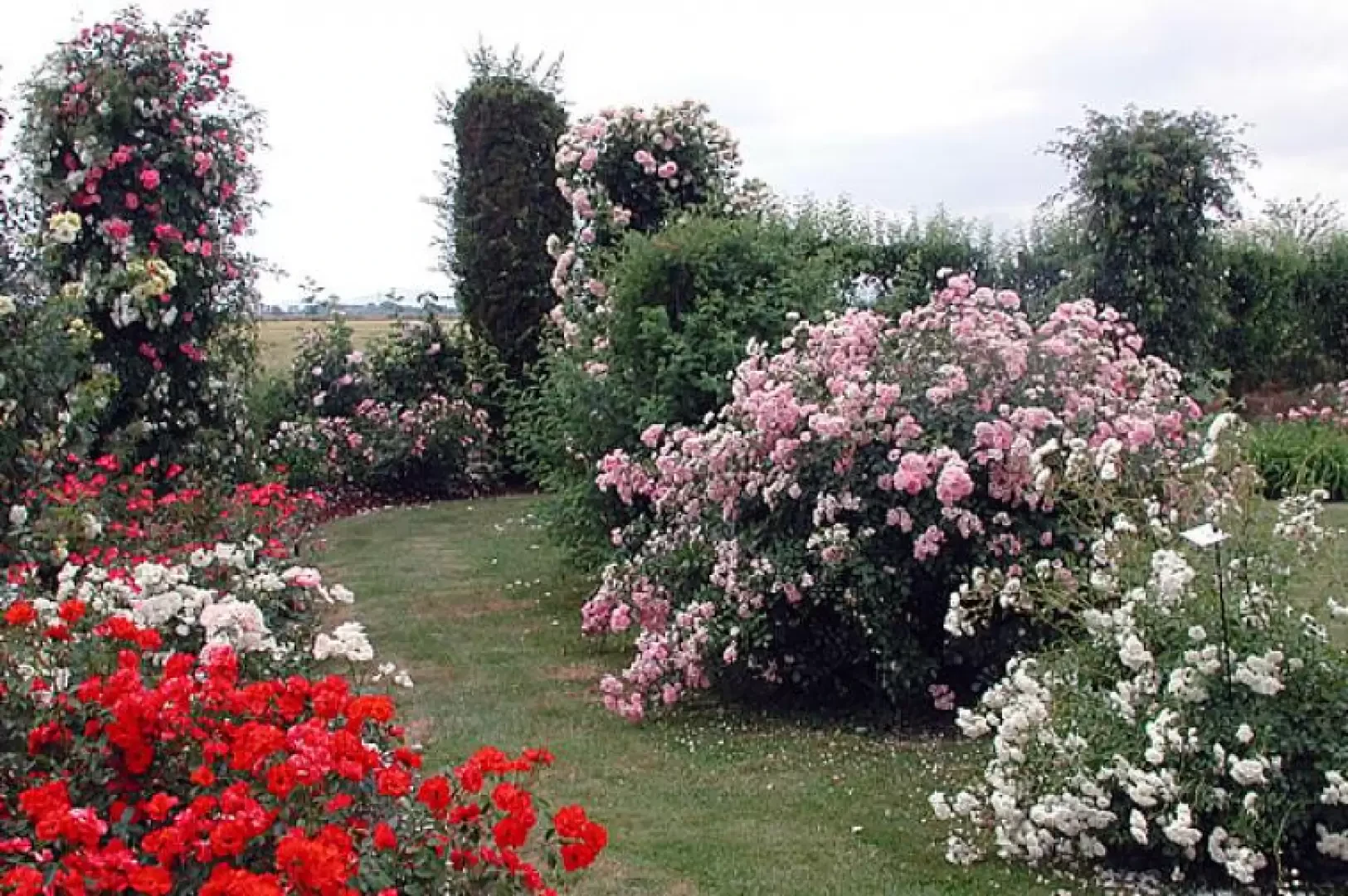
Description
La Rosaiola is a property created in the early 1900s from the splitting up of large landed estates, belonging to nobles or ecclesiastical properties, by virtue of a different Piedmontese agrarian policy, which involved various areas of Piedmont, including the Vercelli area; the first destination of what is now La Rosaiola was as a hunting lodge, due to the abundant game present at certain times of the year in the rice fields. Then the house underwent a third transformation into a country house, and part of the orchard became a splendid rose garden, which opens its gates to the public at the end of May, giving everyone the chance to enjoy the splendid blooming of more than 100 varieties of roses.In May 2008, the opening is on 24 and 25 May. After visiting the rose garden, it is worth continuing on to the principality of Lucedio. The principality was home to a Cistercian Abbey, a kind of fortified monastery, founded in 1123 on land donated by Marquis Ranieri of Monferrato to monks from la Ferté. The monks worked the surrounding land, reclaimed it, and introduced rice cultivation around 1400. The Abbey was suppressed by Pope Pius VI in 1784, and the principality, with other granges in the area, passed to the Order of Saints Maurice and Lazarus. After a very short time it changed hands for the umpteenth time, and ended up first in the hands of Napoleon, and then of his brother-in-law, Prince Borghese; but it did not stay there for long, three other purchasers bought it in partnership in 1818, only to leave it to one in 1822, namely the Marquis Giovanni Gozani di San Giorgio, ancestor of the present owner. In 1861 it was bought by the Duke of Galliera, who became Prince of Lucedio for merits towards the Italian State. On his death the title and land passed to his nephew, who sold it in 1937 to the father of the present owner. The Abbey was dissolved by order of the Pope at the height of its splendour on charges of Satanism; this is not the only case, it also happened to the Templar order, who were accused of heresy among other things. Many legends hover around the abbey; there are tales of underground tunnels that someone is said to have passed through in part, connecting it with places outside the walls, of a column weeping from the torture it had to witness (there is actually a logical explanation: it was built with a rock that is more porous than the others, whose foundations sink into the damp ground and release moisture), of wandering mists (but the area is full of fountains). Beyond the Abbey's special and mysterious history, the complex remains, reflected in the flooded rice fields of spring. It is not always possible to visit the interior, which is private and has recently been restored with considerable funding; the view is nevertheless spectacular. Two notes on the Bosco della Partecipanza; it is the last remnant of woodland on the Vercelli plain, the last patch of forest that covered a much larger area in the 3rd century. The forest was reduced and reclaimed in the Middle Ages; it has been preserved for two reasons - in Roman times, the forest was part of the Locus Dei (from which the name Lucedio derives), a wood sacred to the divinity and protected as a place of worship - the establishment in more recent times of the Partecipanza, i.e. the ownership by many families as a result of a concession of around 1200 by the Marquis of Monferrato Even today, the use of the forest is regulated as in past centuries. Every year, an area is put into cutting rotation and divided into a certain number of areas called sorti, which are in turn divided into further plots. The latter are drawn by lot among the participants, who will thus be assigned the portion of the forest in which each will have the right to cut down certain trees, thus safeguarding the forest. The felling of certain species, particularly oak trees since the 1950s, has led to an imbalance, which is why a protected area was established in 1991. Here, however, the locust tree was not able to gain the upper hand over the other species.
